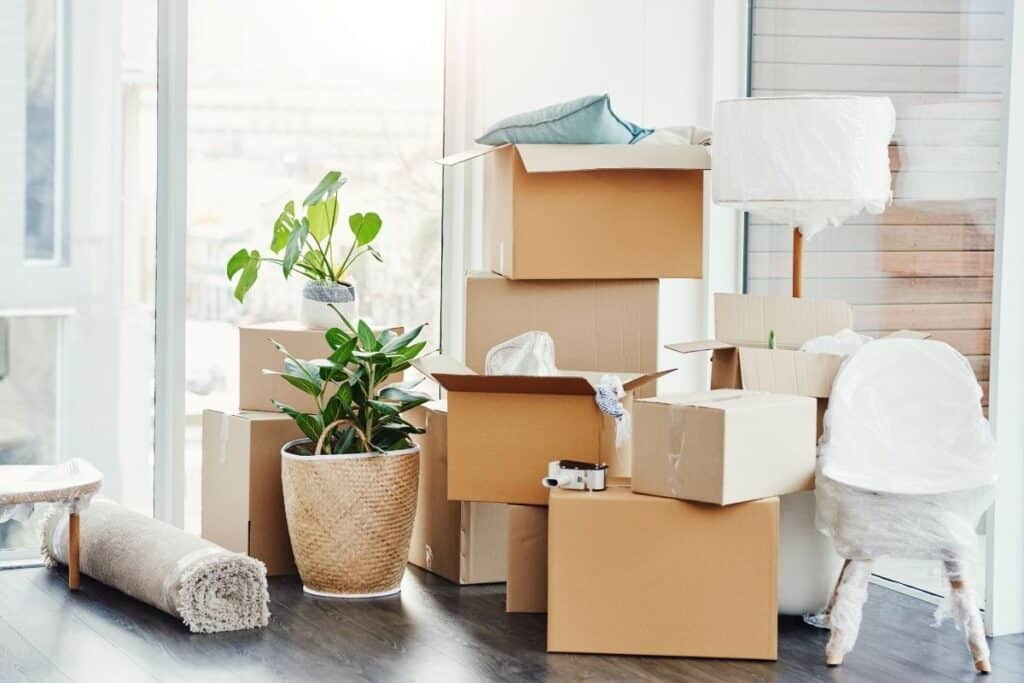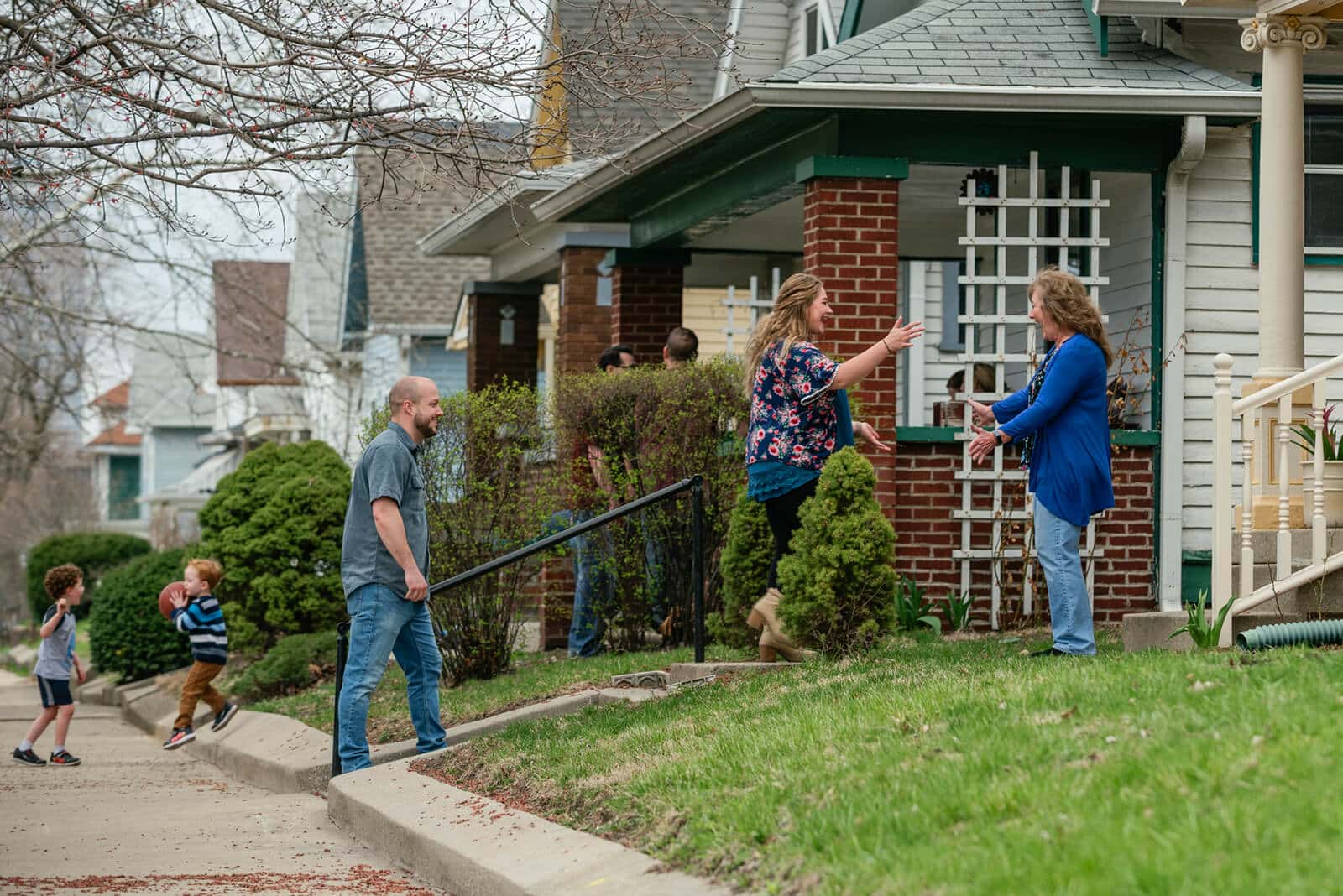Relocating is more than just a change of address. It’s a shift in daily rhythms, surroundings, and comfort zones. Even if the move was exciting or long-awaited, the disconnection from what’s familiar can leave you feeling adrift. That’s why it’s essential to establish a sense of home, sooner rather than later.
A space feels like home when it aligns with your needs, preferences, and memories. But comfort doesn’t come automatically. It’s built through intentional decisions, mindful routines, and practical steps that shape your environment into a place of belonging. The goal is the same whether you’re settling into an apartment, house, or shared space.
The following tips are simple, effective, and designed to bring that feeling of home within reach. If you’ve recently relocated and feel unsettled, use these strategies to ease the transition. You don’t have to do everything at once, but small efforts made consistently can make a big difference.
Unpack Strategically, Not Perfectly
It’s tempting to dive into unpacking to finish everything right away. However, trying to create a perfectly organized space in the first few days can lead to unnecessary stress. Instead, focus on the most essential areas—like the kitchen, bathroom, and bedroom—so your daily routine isn’t interrupted.
Start by unpacking items that make life easier. Your coffee maker, toiletries, favorite pajamas, and phone charger are all things you’ll want accessible on day one. Creating a designated “essentials box” ahead of time is helpful, but if you didn’t, just identify what you use most and start there. The goal is livability, not perfection.
Once the basics are in place, resist the urge to overthink the rest. Don’t wait for a grand plan before hanging curtains or finding a spot for your books. You can adjust things later. For now, function is your friend, and a space that works—however temporarily—is already a step toward feeling grounded.
Declutter Before You Settle

Decluttering before fully settling in is one of the smartest moves. During a relocation, it’s easy to pack everything just to “deal with it later,” but this only delays the inevitable. The truth is that a cluttered space makes it harder to relax or feel at home. Start eliminating what you don’t need right away.
Working with professional moving companies can make this process even easier by helping you transport only the items that truly matter. Go through each box with a critical eye. Ask yourself whether you’ve used the item in the past year and whether it still serves a purpose in your new life. Be realistic.
Certain items are unnecessary if you move to a smaller space or change your lifestyle. Create three categories: keep, donate, and discard.
Decluttering also provides a psychological boost. When your surroundings are clean and manageable, your mind feels more apparent, too. You’ll be able to organize the items you love more efficiently, and your space will reflect intention rather than obligation. That alone makes your home feel more welcoming.
Personalize Your Space Early
Personal touches go a long way in making a new home feel like it’s truly yours. Even if your furniture isn’t fully arranged or your walls are bare, you can add small elements that reflect your style. These don’t have to be permanent—just familiar.
Set out a few framed photos, even if you’re not ready to hang them. Lay your favorite blanket over the couch. Put your go-to mug by the coffee machine. These familiar items create a visual and emotional link between your old and new environments. It’s a subtle but effective way to trick your brain into feeling more settled.
Scent is another powerful personalizer. Lighting a candle with a scent you associate with comfort—like vanilla, pine, or citrus—can make the unfamiliar feel more inviting. Small choices like this layer your space with personality, which is key to building a sense of belonging.
Create a Comfort Corner
Designating a single spot for relaxation helps establish a physical and emotional safe zone. It doesn’t need to be large or elaborate. A simple chair in the corner, a window seat, or even a section of your bed can become a “comfort corner” with just a few personal items.
Outfit this area with things that make you feel at ease: a soft pillow, a cozy throw, your current book, and perhaps a speaker for music or ambient sounds. Keep it clean and consistent—something you return to when you need a mental break. This isn’t where you fold laundry or scroll through work emails; it’s where you recharge.
Having this designated space creates a routine. You’ll start associating it with calm and relief, especially when you feel overwhelmed by the unpacking or the transition. Over time, this small corner will become one of the most essential features of your new home.
Explore the Neighborhood

Once your home feels somewhat functional, it’s time to look outward. Your neighborhood plays a significant role in shaping your experience of “home.” The more familiar you are with your surroundings, the more at ease you’ll feel inside and out.
Start by taking short walks. Map out the nearest grocery store, pharmacy, and coffee shop. Pay attention to parks, bus stops, and local landmarks. This will help you establish a mental map and give you confidence when navigating your new environment. It will also break up the monotony of being indoors.
Making small connections can also help. Greet a neighbor, chat with a barista, or attend a local event. You don’t need to build deep relationships immediately, but these initial touches of social interaction create a sense of belonging. Home isn’t just a place—it’s also a community.
Establish a Routine ASAP
Relocation disrupts your habits. One of the best ways to get back on track emotionally is to rebuild structure quickly. Even small routines provide a sense of predictability, which reduces anxiety and boosts your confidence.
Wake up and go to bed at consistent times. Prepare meals similar to what you ate before moving. If you used to take evening walks, keep that up in your new neighborhood. Maintaining elements of your previous schedule reminds your body and mind that life hasn’t changed as drastically as it might feel.
Establishing new routines can be helpful, too. Now’s the time to start journaling in the morning or cooking dinner from scratch. These habits can anchor you to your new space and make it feel like your own. The key is consistency—repetition builds a sense of normalcy.
Invite Familiarity
In unfamiliar surroundings, familiarity is soothing. That’s why it helps to immediately incorporate pieces of your old life into your new one. You don’t have to wait to form new memories—start by reliving some of the ones that already bring you comfort.
Watch a favorite TV show, cook a beloved recipe, or listen to a playlist you often had on in your previous home. These experiences tap into emotional memory and create continuity. It reminds you that home isn’t just a place; it’s a feeling you carry.
You can also restart rituals or traditions you once enjoyed. Saturday pancakes, Sunday phone calls with family, or an evening bath routine—these small acts restore identity and stability. When your life has changed, familiar behaviors help smooth the edges.
Be Patient with the Process
As much as we want to feel at home immediately, the process takes time. No matter how efficient or organized you are, emotional comfort doesn’t happen overnight. Permit yourself to move slowly, both literally and emotionally.
You’ll have days where everything feels foreign. That’s normal. Focus on progress, not perfection. The first night you sleep soundly, the first time you cook a full meal, the first time you navigate the neighborhood without GPS—these moments all signal growth.
Settling in is a journey, not a task on your to-do list. Let your home evolve with you. As you adjust to your new space, you’ll build memories, routines, and comfort. Eventually, without realizing it, you’ll stop calling it “the new place” and start calling it home.
Conclusion
Relocating is a significant life event, but settling in doesn’t have to be a drawn-out ordeal. By taking intentional steps—like unpacking what you need first, decluttering what you don’t, and personalizing your space—you create the foundation for comfort and ease.
Add in a cozy corner, a few routines, and a walk around the block, and you’re well on your way to feeling at home. Most importantly, be kind to yourself throughout the process. Feeling grounded takes time, and that’s okay.
Start with what you can control. Make one change today that brings you closer to comfort. The rest will follow naturally.

